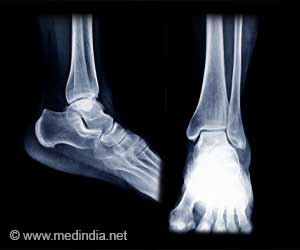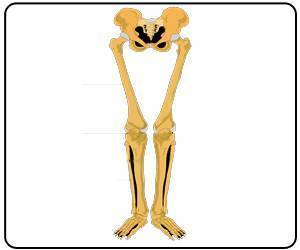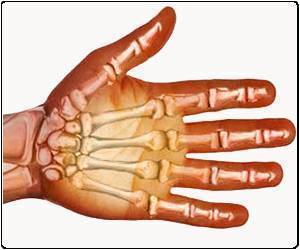A new type of ceramic scaffold causes inflammatory cells to behave in a way that is more regenerative than scaffolds that are currently used clinically.

‘A new type of ceramic scaffold causes inflammatory cells to behave in a way that is more regenerative than scaffolds that are currently used clinically.’





Critical-size bone defects -- due to tumor removals, gun shot wounds and other traumatic injuries -- cannot heal on their own, so scientists are searching for the perfect combination of material and mechanism that will guide the growth of new tissue. "Your cells can't swim. Any time you have a large piece of bone missing, a scaffold is needed to close that gap," said Kara Spiller, PhD, an associate professor in the School of Biomedical Engineering, Science and Health Systems.
Spiller's collaborators at the University of Sydney in Australia recently designed new ceramic scaffolds that promoted bone regeneration in animals, although the researchers did not know why these particular biomaterials thrived.
The Drexel research team suspected that the scaffolds' favorable outcomes must be attributed to macrophages -- swallowing white blood cells that digest foreign particles.
Macrophages are the primary cells of the inflammatory response and can rapidly change their behaviors in response to the environment. When the inflammatory response is working properly, it can promote tissue repair, but when gone awry, it can lead to disease. The challenge for the Drexel researchers is to uncover which macrophage phenotype best advances tissue growth, without damaging the healing process.
Advertisement
After deriving macrophages from monocytes (another type of white blood cell), the researchers seeded the cells on to three different types of scaffolds and evaluated the differences in their gene expression after several days. Then, to determine if the macrophage behavior was dependent on the release of soluble factors from the scaffold, they compared the cells in direct contact with those that were separated from the scaffold with a membrane.
Advertisement
"The macrophages degrade the scaffolds and shape them into something new," Spiller said. "And that's the Holy Grail of tissue engineering -- that you make a scaffold that replaces itself with healthy tissue."
Beyond their primary results, the study also showed that analyzing the behavior of human cells outside of the body is a successful way to investigate the effectiveness of various biomaterials.
"It looks like studying cells in a petri dish is useful for seeing what happens in the body," Spiller said. "Animal studies are expensive, time-consuming and don't use human cells, so being able to study human cells in vitro is important."
Next the researchers will try to uncover what about the ceramic scaffolds in particular -- whether their composition, texture or something else -- promotes the appropriate macrophage behavior and subsequent bone regeneration.
Spiller said determining why certain scaffolds are successful in re-growing bone will ultimately help biomedical engineers design other types of scaffolds and new drug delivery strategies to promote healing in other areas of the body.
Source-Eurekalert













